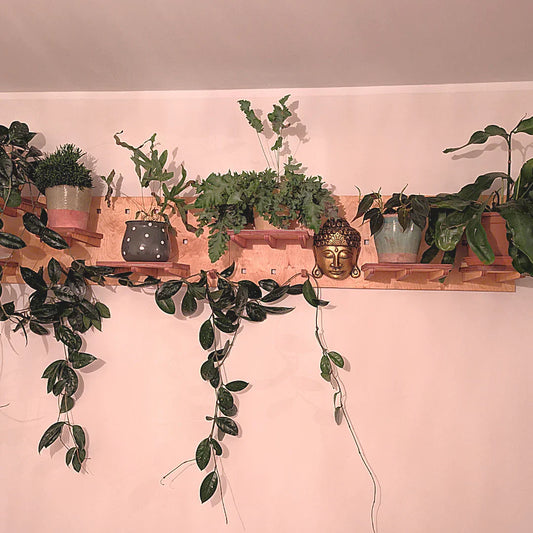
Fast Furniture – a short-term fad or a long-term problem?
Share
Fast Furniture – a short-term fad or a long-term problem?
In recent years, we have been hearing more and more about so-called fast furniture – mass-produced furniture that tempts with its low price, fashionable design and almost immediate availability. Just like in the clothing industry, where fast fashion has reigned supreme for some time, so in the case of furniture, consumer expectations are growing to furnish their interiors quickly, cheaply and without unnecessary waiting. Unfortunately, this convenience comes with real costs, both for the environment and for the quality of life of users.
What is fast furniture?
Fast furniture is primarily furniture:
- mass produced on a large scale,
- made of cheap materials (e.g. chipboard or low-quality plywood),
- designed for easy and quick installation.
The biggest advantages of this solution are its affordable price, relatively aesthetic – although repetitive – design and the possibility of quick purchase and delivery. Unfortunately, this convenience is often illusory when we consider the later consequences.
Fast but not durable
In the case of fast furniture, the key problem is low durability. In order to reduce production costs, manufacturers save on the quality of materials and the method of production. As a result, furniture such as:
- they wear out at an accelerated rate,
- they lose their functionality after just a few years,
- they are harder to repair, which encourages consumers to make further purchases (and generates more waste).
This short service life is primarily due to the use of cheaper, low-quality raw materials and simplified assembly methods.
Negative impact on the environment
Although the apparent financial savings when purchasing fast furniture may seem tempting, it is worth remembering the ecological costs:
- High consumption of raw materials, energy and water : Mass production requires huge resources, which burdens the natural environment.
- Harmful substances : Cheap materials often use adhesives and varnishes containing toxins (including formaldehyde) that pollute indoor air and soil in landfills.
- Recycling Difficulties : Cheap chipboard or poor quality plywood are not suitable for recycling. The result? Furniture quickly ends up in landfills, generating additional waste.
The alternative: sustainable design and craftsmanship
At the opposite end of the spectrum is slow furniture , i.e. furniture created with the following in mind:
- durability and high quality of workmanship,
- local, artisan production,
- use of natural, environmentally friendly materials.
These types of products are created in smaller workshops and are manufactured by experienced craftsmen, which allows for the refinement of every detail. Examples include pegboards (wooden wall organizers) or Kashubian key cabinets , made using traditional methods such as dovetail joints . These traditional solutions not only provide greater durability, but also give the furniture a unique character.
Why is it worth choosing slow furniture?
- Durability for generations : Thanks to the use of high-quality wood and solid joints (e.g. dovetail), the furniture can serve for many years.
- Unique design : Hand-made production guarantees a unique look of each piece.
- Supporting local crafts : By purchasing furniture from small producers, you support local makers and help maintain traditional carpentry techniques.
- Smaller carbon footprint : Sustainable production and durable materials translate into real environmental benefits.
Summary
Although fast furniture tempts with its low prices, fashionable appearance and almost immediate availability, its apparent economy can be shortsighted. The low durability of furniture translates into higher costs – both for the wallet and the environment.
If you care about quality, ecology and the unique character of the interior, it is worth paying attention to slow furniture . Investing in solid, handmade furniture (such as pegboard or a Kashubian key cabinet from Ogony.pl) is not only a choice of products for years, but also an expression of care for future generations and the planet. By focusing on quality and craftsmanship, you gain a unique design and the certainty that your furniture will stand the test of time.



